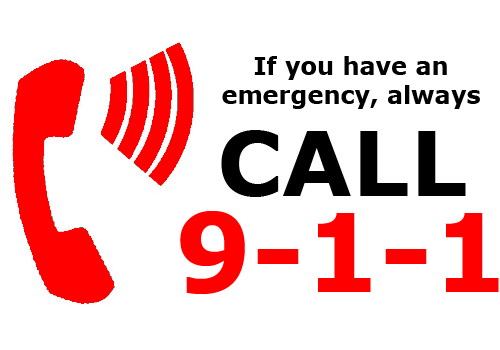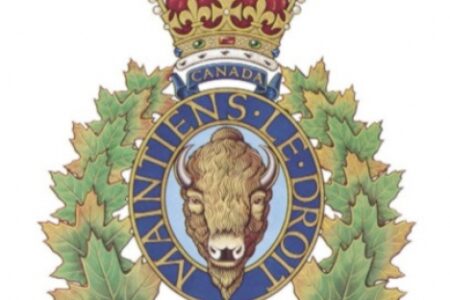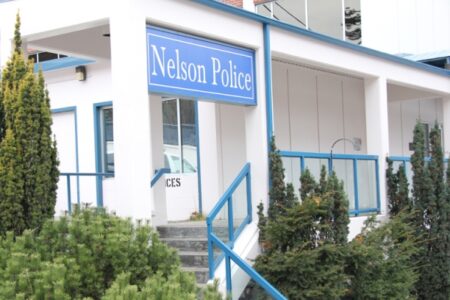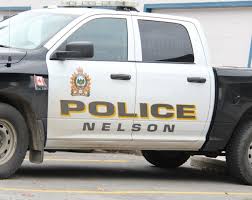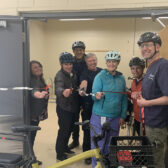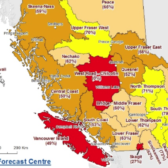Learning more about 9-1-1
In recognition of the recent Emergency Service Dispatchers and 9-1-1 Awareness Week the Integrated First Nations Policing Unit inwould like to thank their Telecommunications Operators that provide valuable support, resources and information to assist us with our jobs.
Telecommunications Operators provide our communities and officers with round-the clock service and deal with some of the most difficult phone calls. The Integrated First Nations Policing Unit accesses services from four different Emergency Service Dispatchers throughout their shifts.
The Emergency Service Dispatchers are from one of two call centers: Emergency Communications for Southwest British Columbia Incorporated (E-COMM) or the Operations Communications Center (OCC).
To assist Telecommunications Operators with their job we would also remind people of some general information for calling 9-1-1 or the non-emergency lines:
- Help prevent accidental 9-1-1 calls; Protect your cellphone by locking and storing it carefully, do not program 9-1-1 into any phone (Speed dials cause accidental 9-1-1 calls too).
- If you accidentally call 9-1-1; Stay on the line. Don’t ever hand up, Be prepared to answer questions (if the operator has any concern for your safety or feel there are suspicious circumstances, they will send police to check on you).
- 9-1-1 is for police, fire, or medical emergencies when immediate action is required: someone’s health, safety or property is in jeopardy or a crime is in progress. Operators cannot provide information on the weather, or power outages and do not call 9-1-1 and ask for the non-emergency phone number.
- Stay on the line and follow instructions: Don’t hang up until the operator says it’s okay to.
- Know your location: Know your location and communicate it when you are asked. Know what city you are in, building or home addresses, cross streets, and any other information that will help emergency personnel find you.
- Search and Rescue: Never wait to call 9-1-1 if you are lost outdoors. It is best to make the call immediately rather than trying to find your way back, and follow instructions provided by the operator or search and rescue official.
- Be prepared to answer questions: Listen carefully, speak clearly, and try to remain calm.
- Help others to know about 9-1-1: Teach children or relatives new to the country about the proper use of 9-1-1
Emergency vs non-emergency calls
Examples of when to call 9-1-1:
- An event that involves an immediate threat to a person or property: screams, attacks, gunshots, fire, car accident with injuries or any other medical emergency.
- A substantive, in-progress crime: fights, break and enters (if the suspect is present) or a report of an impaired driver.
- A serious crime has just occurred: e.g., sexual assault or robbery.
- A suspicious circumstance that may indicate an immediate criminal act: e.g., prowler, vandal.
Examples of non-emergency calls:
- Reporting a crime with no suspect.
- Reporting a crime with suspect, but suspect is not on the scene.
- Reporting a serious crime with suspect, but with a lengthy delay in reporting.
- Non-emergency in progress: e.g., noisy party, drug use.
- On-going crime issues or crimes that are not in-progress: e.g., graffiti, drug dealing with no suspect on scene.
- A suspicious circumstance that may indicate an ongoing criminal activity: e.g., marijuana grow operation.



